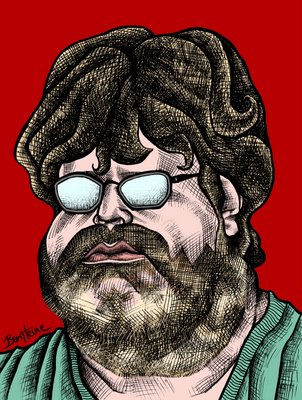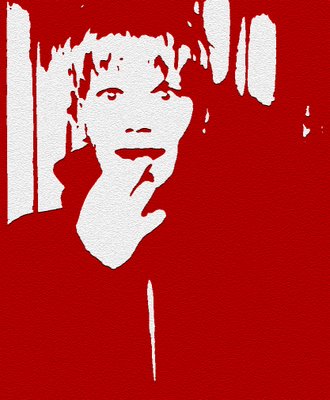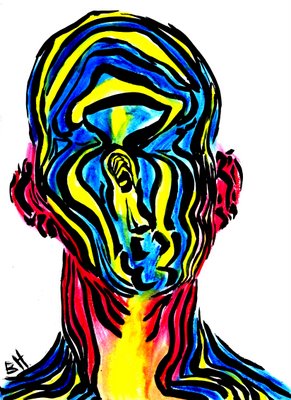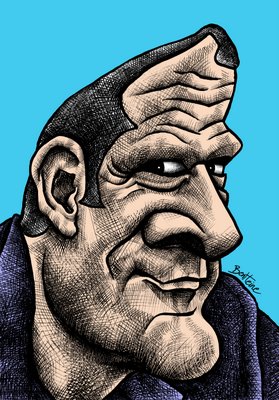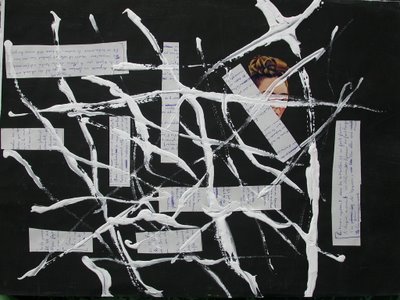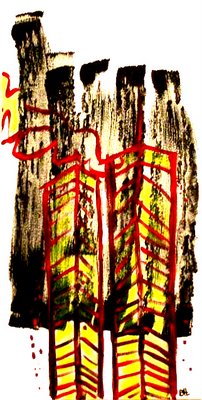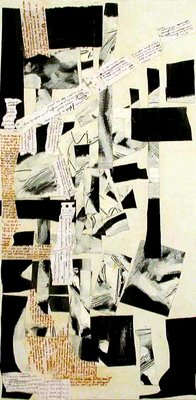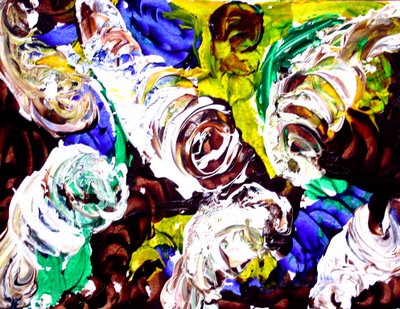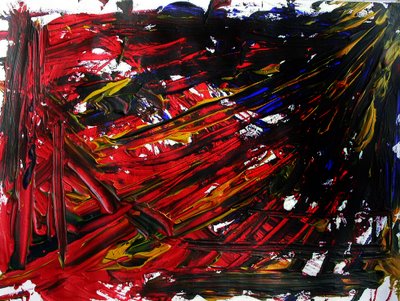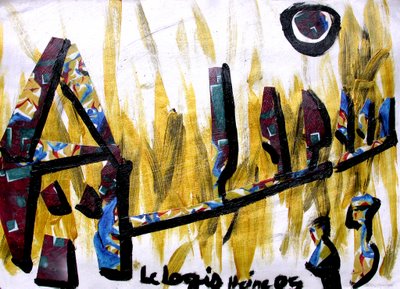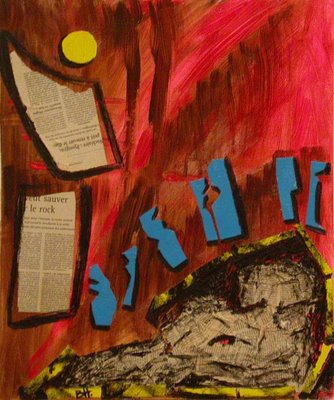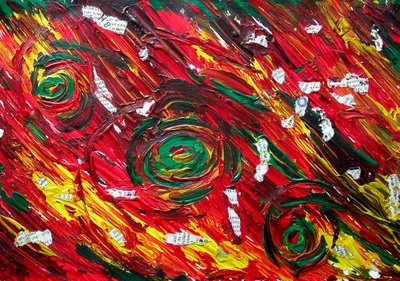Is Democracy Dying in the West?
..
Text by Philip S. Golub (*)
.
Democracy in the West may now be more formal than real. Even before the events of 11 September 2001, the heads of state in the United States and Britain concentrated and consolidated executive power and tried to constrain judicial autonomy.
The concentration of executive power has been accompanied by a marginalisation of countervailing powers and, in Britain and the US, by a fundamental questioning of the institutional balance on which liberal democracy is based. The appropriation and concentration of power increased apace with the advent of the war on terror and the state of exception, which have determined the parameters of reality since 2001.
A move to presidentialise British institutions, already apparent under Margaret Thatcher (prime minister 1979-90), has accelerated under the premiership of Tony Blair. Over the past few years, his effort to erode parliamentary prerogatives has been coupled with a parallel drive to constrain judicial autonomy. The Criminal Justice Act 2003 imposes mandatory and minimum sentences, reducing judges' discretion to fit the punishment to the individual case; the Prevention of Terrorism Act 2005 allows the home secretary to restrict individuals' liberty on suspicion of involvement in terrorist activities, with minimal judicial oversight; the Inquiries Act 2005 restricts the independence of judges appointed to chair inquiries, allowing ministers to decide what evidence can be given in public and to block disclosure.
Under the new anti-terror laws, habeas corpus, Britain's oldest and most important protection of individual rights before the state, is threatened. Parliament passed all these measures, but the Lords refused to endorse the legislative and regulatory reform bill of 2006, which would have greatly expanded the sphere of sovereignty of the executive. Under cover of an innocuous technical reform, the bill was designed to give ministers arbitrary powers, by allowing laws to be passed by a minister's order, bypassing parliament altogether. Parliament would in effect have been voting itself out of substantive, if not formal, existence. Faced with resistance from the Lords, who were not disposed to vote for their own dissolution, Downing Street amended the "bill to abolish parliament," as critics called it.
The executive may have been forced to back down on this occasion, but Blair has done much to deconstruct British democracy. As the journalist Henry Porter wrote, he is doing "great damage to the constitution, the tradition of parliamentary sovereignty, to the independence of the judiciary, to individual rights and to the delicate relationship between the individual and the state."
None of this is entirely surprising, given a prime minister who believes that only God will judge his acts, and a government that has extolled liberal imperialism and the need "to revert to the rougher methods of an earlier era force, pre-emptive attack, deception, whatever is necessary to deal with those who still live in the 19th century."
.
.
In the United States, the scope of the democratic retreat has been breathtaking. Under the guise of an undeclared state of emergency, the Bush administration has been methodically tearing down the constitutional order. As frequent revelations of torture, secret prisons and large-scale domestic spying show, government by secret decree and presidential whim has become normal practice.
In well-screened secrecy, the administration has granted itself vast extra-legal powers: the power to break international treaties, violate conventions and engage in preventive wars; the power to kidnap, torture and indefinitely detain without trial anyone identified by executive fiat as an illegal combatant; the power to create a parallel secret judiciary system under direct Pentagon and White House control; the power to override the existing domestic and international legal order.
This seizure of absolute power through the incremental disempowerment of other branches of government has met some institutional resistance: In December 2005 the U.S. Senate at long last took action to prohibit the "cruel, inhumane and degrading" treatment of detainees, through the Detainee Treatment Act. The Supreme Court defeated the president this July by ruling that the special military tribunals established by the White House at Guantánamo were illegal.
The executive has found or is trying to find a way round the problem: The Senate abdicated to insistent White House pressure by inserting new words into the Detainee Treatment Act that not only nullify its effect but could open the way for the legalisation of torture, and of the use in U.S. courts of testimony obtained through torture.
On 30 December, only a few days after the Senate vote, President George Bush reasserted that his "powers as commander in chief and as the head of the unitary executive branch" (the latter a reference to a legal doctrine affirming the absolute primacy of the executive over the legislature and the judiciary) allowed him to do "whatever was necessary to defend America." That prompted Senator Edward Kennedy to warn that "whatever the law of the land, whatever Congress might have written, the executive branch [claims] the right to authorise torture without fear of judicial review."
The White House is also trying to circumvent the Supreme Court ruling on military tribunals by "legalising illegal actions (in a new law passed by Congress)", to quote the New York Times. The purpose is "to undermine the constitutional separation of powers."
The will to power was there before the events of 11 September 2001. "Clearly even without these attacks," noted a scholar of the presidency, "the Bush administration would have acted unilaterally whenever it could, consistently pushing the boundaries of presidential power." After the attacks, the president was transfigured into an American Caesar; dissent was silenced by fear and the mobilisation of nationalist sentiment.
The usual constraints liftedThe usual domestic constraints in a democratic society on the arbitrary use of coercive state power were lifted. This is apparent in the torture memos drafted in 2002 by the present attorney general, Alberto Gonzalez, which affirmed the constitutional power of the president to use whatever means necessary in wartime, including acts overriding international law, in the accomplishment of his mission as commander-in-chief. "On this reasoning," wrote the jurist David Cole, "the president would be entitled by the constitution to resort to genocide if he wished."
This process negates the founding principles of classical liberalism: the diffusion of power and the establishment of constitutional safeguards protecting the individual from arbitrary coercive action by the state.
As Montesquieu, Locke and other early democratic political philosophers argued, the separation of powers constrains rulers (be they constitutional monarchs or elected executives) and thereby guarantees, according to Montesquieu, the "tranquillity" that is the political liberty of the individual; the second is secured thanks to the first. In theory, these constitutionally defined barriers to absolutism or tyranny create institutionalised norms from which rulers can only deviate in exceptional circumstances and then only for a circumscribed period of time. In time-limited conditions of emergency or necessity such as war, rulers of democratic states may suspend parts of the law but not the constitutional order itself. In liberal theory the state of emergency (the "prerogative power" of the ruler, in Locke's work) is an exception designed to save the norm - the constitutional order.
In a permanent state of emergency, the exception becomes the norm. In the early 20th century, the state of exception and emergency rule were defined by the reactionary German political theorist Carl Schmitt. He argued that the state, as the highest expression of the political, discovers its true essence only in situations of emergency when "it chooses the enemy and decides to combat him."
That choice generates collective meaning, unifies the nation, depoliticises civil society and concentrates power. The state of emergency allows the state to transcend society and establish dictatorial autonomy. Having acquired the monopoly of political action and decision, the state, embodied by the dictator who decides the exception and by so doing becomes truly sovereign, enjoys limitless powers, the most important of which is the power to override or crush the existing legal order. Since war is the purest form of the state of emergency, war becomes the ontological foundation of the state.
Today the deconstruction of the constitutional order is happening in the context of a ubiquitous and timeless war that the United States executive (and by extension its allies) has framed from the start as having no spatial or temporal boundaries. The 2002 National Security Strategy of the United States described the U.S. "vulnerability to terrorism" as a "new condition of life." This implies that perpetual warfare has become the early 21st century way of life. The Pentagon's 2006 Quadrennial Defense Review describes the "long war" led by the US as "a struggle that [will] be fought in dozens of countries simultaneously and for many years to come." The White House's 2006 National Security Strategy, which reaffirms the core elements of the 2002 strategy (officially endorsing the doctrine of preventive war), asserts that the United States "is in the early years of a long struggle, similar to what our country faced in the early years of the cold war."
.
.
As the philosopher Judith Butler points out, "the prospect of an exercise (of lawless state power) structures the future indefinitely. The future becomes a lawless future, not anarchical, but given over to the discretionary decisions of a set of designated sovereigns."
These sovereigns rule by appealing to fear, mobilising nationalist sentiment and playing on deep racial and ethno-religious prejudices. The operations of a small de-territorialised terrorist organisation have been represented not as the circumscribed danger they are but as a global totalitarian threat akin to that posed by Hitler. On 16 October 2005 Bush claimed that extremists were seeking to "establish a radical Islamic empire that spans from Spain to Indonesia." Two days later his national security adviser, Stephen Hadley, told the council on foreign relations in New York that "al-Qaida hopes to rally the Muslim masses, overthrow the moderate governments of the region, and re-establish the Islamic caliphate thatŠ would rule from Spain to Indonesia and beyond."
This grotesque inflation of the power of al-Qaida, like the White House's warnings about "mushroom clouds" in the aftermath of 9/11, would be cartoonish if it did not serve to mask the authoritarian aims of the state. This is a dangerous game, fuelling existential hatreds: The pluralist culture of Islam is reduced to a single amorphous mass, alien, barbarian and hostile. The "clash of civilisations" is becoming a self-fulfilling prophecy.
The ideological landscape is no healthier in Europe, where racism translates into generalised suspicion against immigrant communities. In France, urban riots, rooted in longstanding social neglect and institutionalised exclusion, were hastily dismissed and denounced by many as ethno-religious assaults on national identity. The executive responded by unearthing colonial emergency law and declaring a state of siege. These measures are a sorry comment on the state of the culture and the culture of the state.
In the history of the liberal state, emergency rule was most often used in colonial contexts. During its centuries-long apprenticeship in colonial despotism, to use Hannah Arendt's words, the West created concentration camps and reintroduced torture (abandoned under the influence of the Enlightenment). Slavery differentiates the United States and European experiences: Europe exported its violence abroad, US despotism was applied within.
As recent apologists for colonialism and imperialism remind us, this past has never really disappeared. Anti-colonialist memories are still fresh in France: Article 4 of the law of 23 February 2005 adopted by the French parliament, recognising "France's work" in its colonies, led to such protest that it had to be repealed by decree a year later.
In France and elsewhere, authoritarianism and the colonial spirit are once again closely united in those who advocate and practise emergency rule. The subtext of official discourse is that to protect ourselves from the barbarians we need an authoritarian state; to preserve our lives we need to give up our freedoms.
(*)Philip S Golub is a journalist and lecturer at the University of Paris VIII.
© 2006 Philip S Golub
This article was first published in Le Monde diplomatique (September 13, 2006). Republished at PEJ News with Agence Global permission.

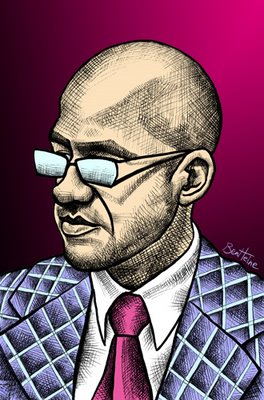

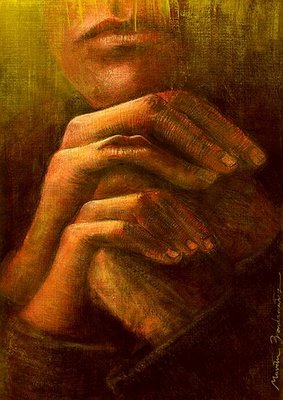
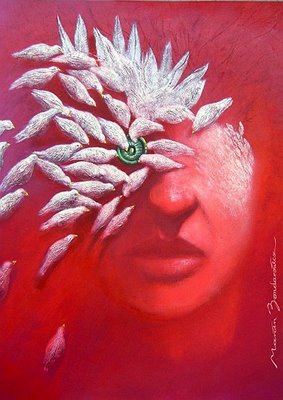
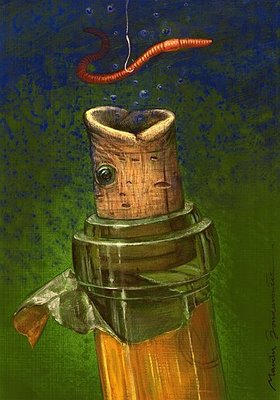
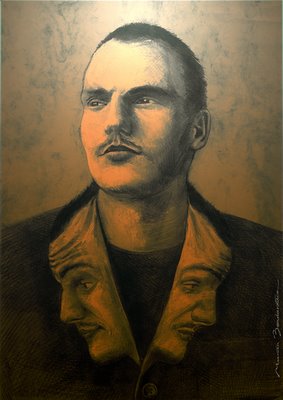
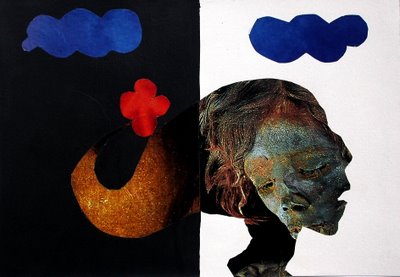
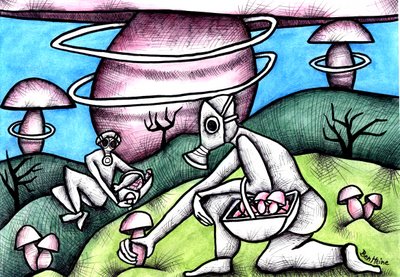
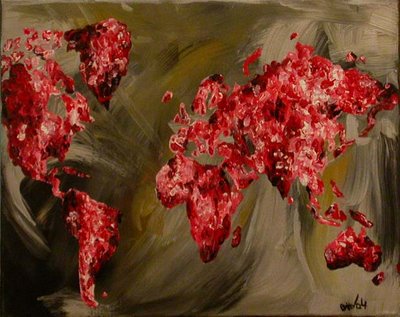
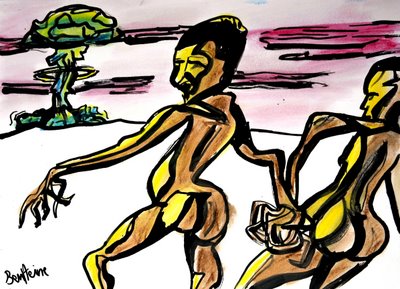
.jpg)

